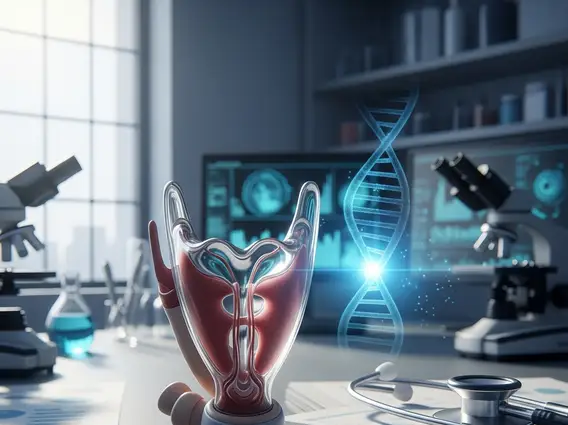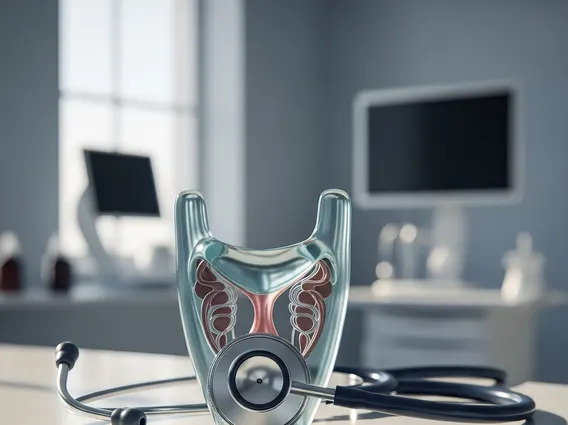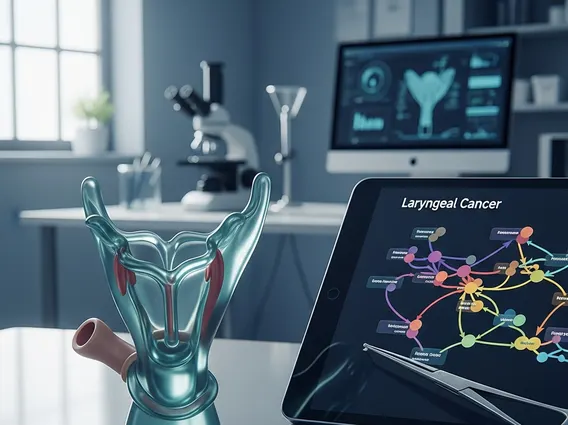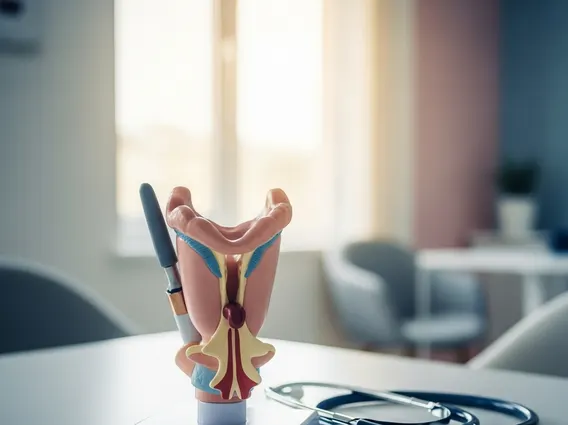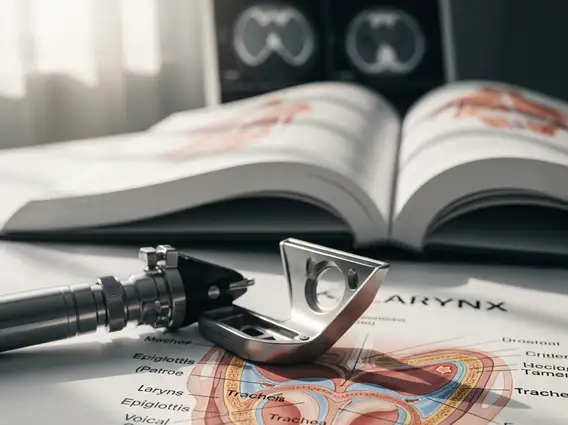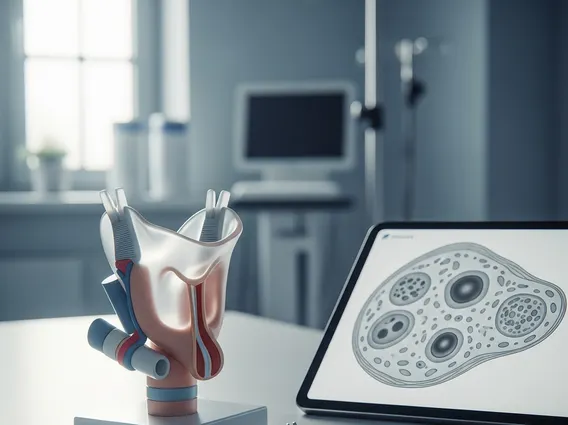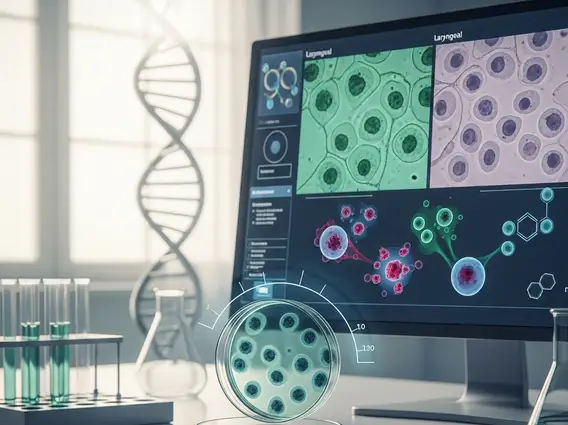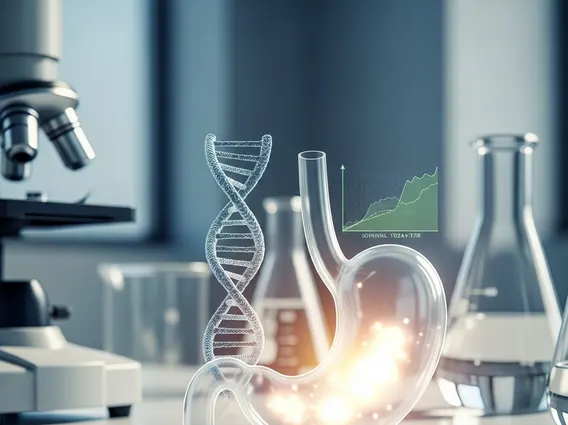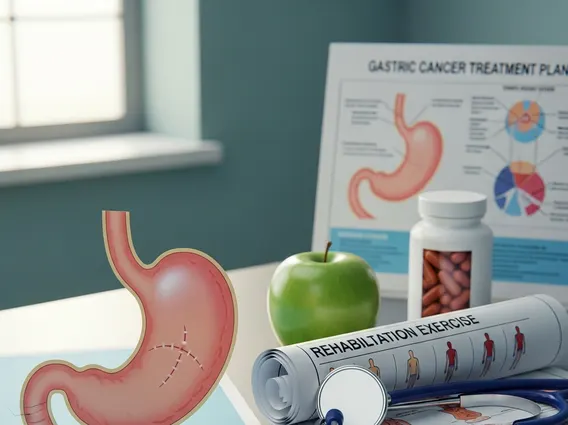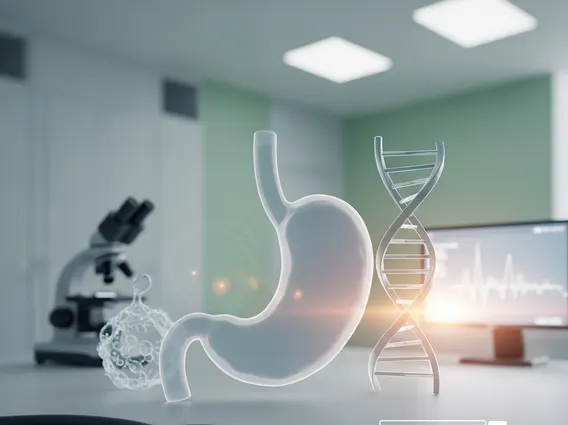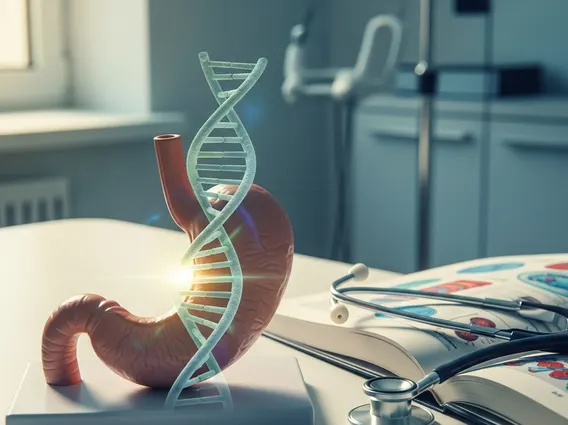In recent years, there has been a growing focus on pediatric cancer and the treatment options available to young patients. This article aims to provide a comprehensive guide to understanding pediatric cancer and the variety of treatments that can lead to positive outcomes for these brave warriors. By exploring the basics of pediatric cancer, diving into early detection methods, discussing various treatment options, and examining the role of surgery and transplants, we hope to shed light on this critical subject and provide valuable information for families and medical professionals alike.
Understanding Pediatric Cancer
When it comes to pediatric cancer, knowledge is power. By understanding the basics of pediatric cancer, we can begin to comprehend the unique challenges faced by children diagnosed with this disease. Pediatric cancer refers to any form of cancer that affects children and young individuals up to the age of 18. It is important to note that pediatric cancers differ from those primarily affecting adults, as they often require specialized treatment plans tailored to younger patients.
The Basics of Pediatric Cancer
Unlike other age groups, pediatric cancers typically arise from genetic changes in a child’s cells. These genetic abnormalities can occur randomly or be inherited from a parent. It is essential to remember that children’s bodies are still growing and developing, which can affect how cancer behaves and how it responds to different treatments. To effectively tackle pediatric cancer, a multidisciplinary approach involving oncologists, pediatricians, surgeons, and other specialists is crucial. This collaborative effort ensures a comprehensive and personalized treatment plan for each child.
When it comes to understanding the basics of pediatric cancer, it is important to consider the impact it has on a child’s life. A diagnosis of cancer at such a young age can be overwhelming for both the child and their family. It disrupts their normal routines, affects their social interactions, and may even hinder their educational progress. Pediatric cancer not only affects the physical health of a child but also takes a toll on their emotional well-being.
Furthermore, the treatment journey for pediatric cancer patients can be long and arduous. It often involves a combination of chemotherapy, radiation therapy, surgery, and other specialized treatments. These treatments can have significant side effects, such as hair loss, nausea, fatigue, and weakened immune systems. The impact of these side effects on a child’s daily life cannot be underestimated.
Common Types of Pediatric Cancer
There are several common types of pediatric cancer that need attention. Leukemia, which affects the blood and bone marrow, is the most prevalent form of pediatric cancer. It is a complex disease that requires intensive treatment and ongoing monitoring. Brain tumors, another common type, can vary in their location and severity, leading to a wide range of symptoms and treatment approaches.
Neuroblastoma, a cancer that develops from immature nerve cells, primarily affects infants and young children. It often starts in the adrenal glands, which are located on top of the kidneys. Wilms tumor, on the other hand, is a kidney cancer that primarily affects children. It usually presents as a painless abdominal mass and requires surgical intervention for removal.
Sarcomas, a group of cancers that develop in the bones, muscles, or soft tissues, can also occur in pediatric patients. These tumors can be challenging to treat due to their location and potential impact on growth and development. Each type of pediatric cancer has its own unique characteristics, symptoms, and challenges, which necessitates a comprehensive understanding to provide the most effective treatment strategies for young patients.
Expanding our knowledge about pediatric cancer not only helps us understand the disease better but also highlights the importance of ongoing research and advancements in treatment options. With continued efforts in pediatric oncology, we can improve survival rates, minimize long-term side effects, and ultimately provide a better quality of life for children battling cancer.
The Importance of Early Detection
Early detection plays a crucial role in the successful treatment of pediatric cancer. Recognizing the signs and symptoms associated with pediatric cancer and seeking medical attention promptly can significantly impact a child’s prognosis and overall outcome. It is important for parents, caregivers, and healthcare providers to be vigilant and informed about the potential warning signs.
Symptoms to Look Out For
Identifying the symptoms associated with pediatric cancer can be challenging, as they often overlap with common childhood ailments. However, certain indicators should never be ignored. Unexplained weight loss, persistent headaches, ongoing pain, unexplained bruising or bleeding, frequent infections, swollen lymph nodes, and changes in the eye or vision are all potential warning signs that warrant medical evaluation. Early identification can lead to quicker interventions and more favorable outcomes.
Diagnostic Tests for Pediatric Cancer
When pursuing a diagnosis, pediatric oncologists utilize various diagnostic tests to identify and assess the presence of cancer. Blood tests, imaging studies like X-rays, ultrasounds, and MRIs, as well as bone marrow biopsies, are common tools employed in the process. These tests help create a comprehensive picture of the cancer’s location, stage, and specific characteristics, enabling healthcare professionals to tailor treatment plans based on individual needs.
Overview of Pediatric Cancer Treatments
Once a pediatric cancer diagnosis is confirmed, a wide range of treatment options becomes available. The primary goal of any treatment plan is to cure the disease while minimizing side effects and preserving the child’s overall well-being. Pediatric oncologists carefully consider several factors, including the type and stage of cancer, the child’s overall health, and potential long-term effects when determining the most appropriate treatment approach.
Chemotherapy for Children
Chemotherapy, a well-known cancer treatment modality, is frequently employed in pediatric oncology. It involves the use of powerful medications to target and destroy cancer cells throughout the body. Although chemotherapy can cause side effects, such as nausea, hair loss, and fatigue, advancements in supportive care have significantly improved the quality of life for children undergoing this treatment. Pediatric oncologists collaborate closely with supportive care teams to manage side effects and ensure optimal well-being throughout the process.
Radiation Therapy in Pediatric Cancer
Radiation therapy, which utilizes high-energy radiation to target and kill cancer cells, is another important treatment option for pediatric cancer patients. This treatment modality is thoughtfully planned to minimize the radiation’s impact on healthy tissues and organs. Pediatric radiation oncologists work diligently to safeguard a child’s normal growth and development while effectively eradicating cancer cells. Advances in radiation therapy techniques, including proton therapy and intensity-modulated radiation therapy, have further improved treatment accuracy and minimized potential long-term side effects.
Immunotherapy and Targeted Therapy
Immunotherapy and targeted therapy are exciting areas of research and development in pediatric oncology. These innovative treatment approaches aim to selectively target cancer cells while sparing healthy tissues. Immunotherapy harnesses and enhances the body’s own immune system to recognize and eradicate cancer cells. Targeted therapy, on the other hand, utilizes medication to specifically block cancer cell growth and division. Both approaches provide an alternative to traditional chemotherapy, exhibiting promising results and fewer side effects in certain pediatric cancers.
The Role of Surgery in Pediatric Cancer Treatment
Surgery plays a vital role in the treatment of pediatric cancer, complementing other modalities such as chemotherapy and radiation therapy. It is often used for diagnosis, removal of tumors, sampling lymph nodes, or preventing future complications. Surgeons specializing in pediatric oncology ensure meticulous planning to achieve the best possible outcome while preserving essential structures and optimizing a child’s long-term quality of life.
When is Surgery Necessary?
Surgery becomes necessary in pediatric cancer treatment when it can effectively remove tumor masses, confirm a diagnosis, or prevent the spread of cancer to other areas of the body. The decision to proceed with surgery is made after a comprehensive evaluation of the specific cancer type, location, and stage. Pediatric surgical oncologists collaborate closely with the larger multidisciplinary team to determine the most appropriate surgical approach for each individual case.
Types of Surgical Procedures
The types of surgical procedures employed in pediatric cancer treatment vary depending on the specific circumstances and needs of the child. Tumor resection, lymph node removal, and reconstructive surgeries are common procedures in pediatric oncology. Additionally, innovative techniques such as minimally invasive surgery and organ-sparing surgery have been increasingly utilized to minimize morbidity and enhance recovery outcomes.
Bone Marrow and Stem Cell Transplants
In certain cases, bone marrow and stem cell transplants offer a potential cure or disease control option for pediatric cancer. These procedures, commonly used in conditions like leukemia, help replace damaged or cancerous bone marrow cells with healthy ones. Understanding the process, risks, and benefits associated with these transplants is crucial for informed decision-making.
The Process of Transplants
The process of bone marrow and stem cell transplants involves several stages, including conditioning therapy, transplant infusion, and post-transplant care. Conditioning therapy prepares the body for the transplant by depleting the diseased cells and creating space for the healthy cells. The healthy cells, either derived from the patient’s own body or a donor, are then infused with the goal of rebuilding the bone marrow with healthy cells. Post-transplant care is vital to monitor and manage potential complications and ensure the best possible outcome for the child.
Risks and Benefits of Transplants
Just like any medical intervention, bone marrow and stem cell transplants carry both risks and benefits. Potential risks include complications associated with conditioning therapy, graft-versus-host disease, organ damage, and infection. However, the potential benefits, including remission, improved quality of life, and long-term survival, outweigh the risks for many pediatric cancer patients. Thorough evaluation, discussion, and close follow-up with a skilled team of specialists are essential in determining if a transplant is the right course of action.
Conclusion
In conclusion, exploring pediatric cancer treatment options is crucial in understanding the complexities involved in effectively combating this disease. By understanding the basics of pediatric cancer, the importance of early detection, and the variety of treatment approaches available, we empower families and medical professionals to make informed decisions and provide the best care for young patients. With ongoing advancements in research, technology, and collaboration, the outlook for pediatric cancer patients continues to improve. Together, we can make a difference and give these young warriors a fighting chance.

